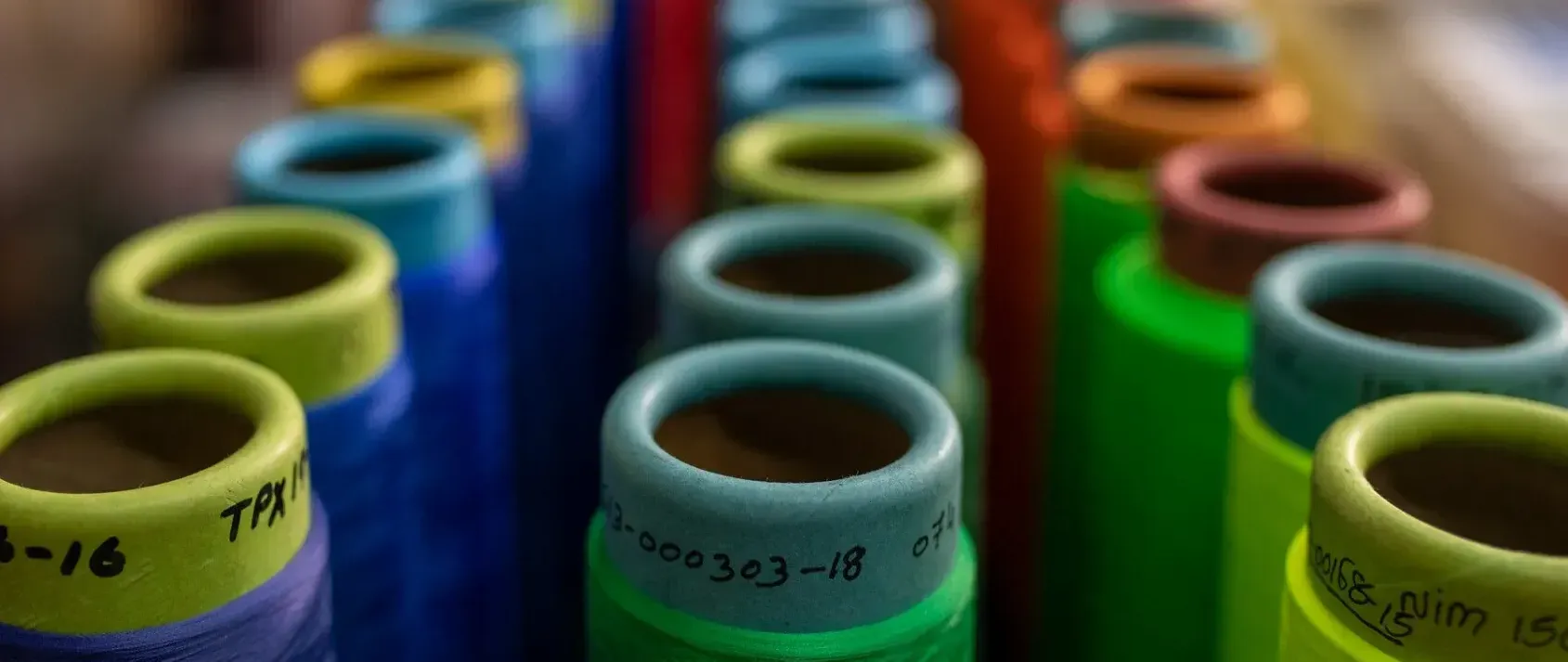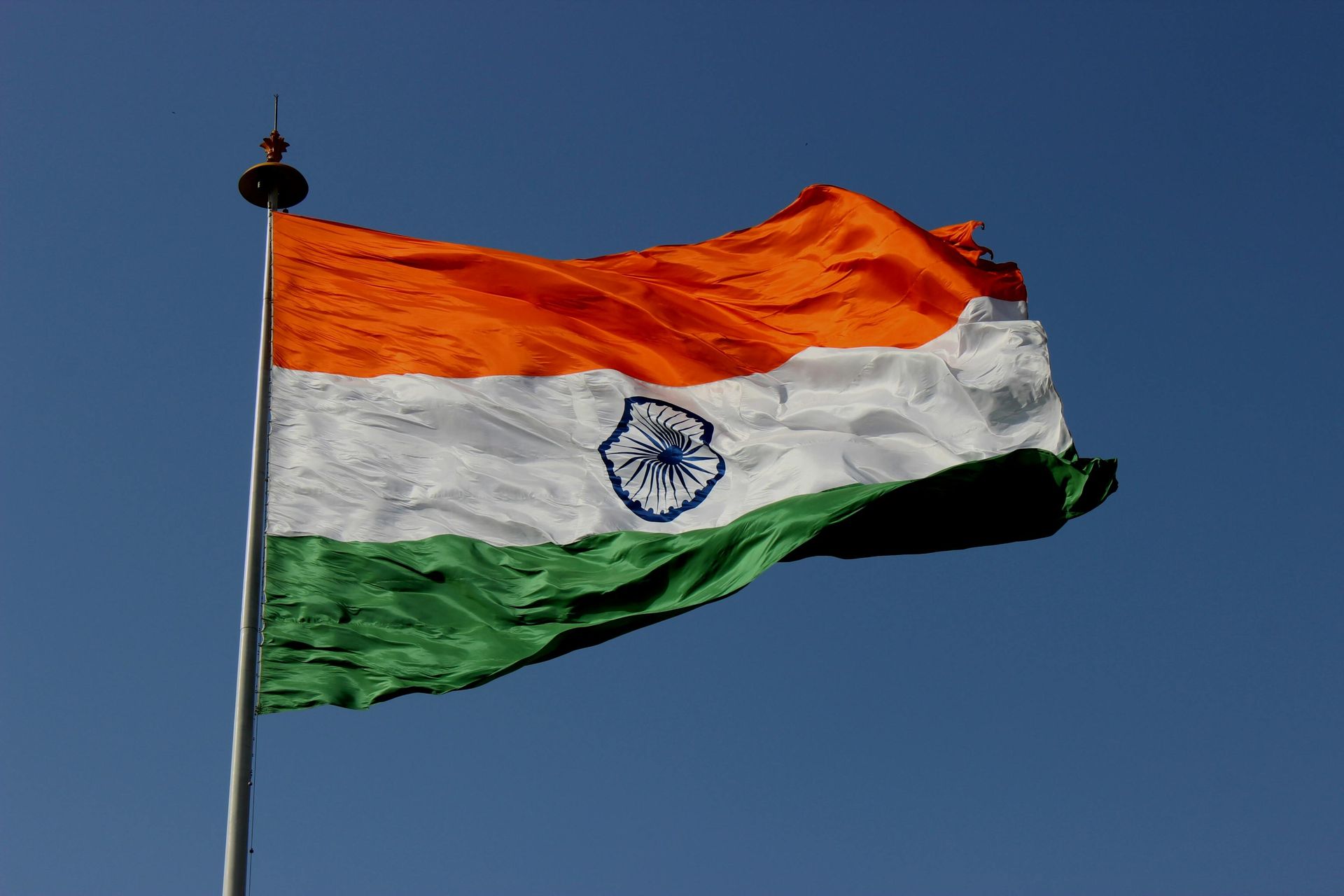Union Budget 2023-24: A Textiles & Apparels Perspective
A Deep Dive into this year's budget and its implications for the textile industry.

The new budget for 2023-24 contains a sizeable increase in grants for the textile industry, with a total allocation of Rs. 4,389.34 crore. These and other features of the budget show the government’s priorities for the textile industry. Let’s do a deep dive into this year’s budget.
The total allocation for the sector is an impressive 22.6% higher than the previous year's budget and shows the government's commitment to aiding the growth of the sector. Additionally, there have been allocations of funds towards programs such as National Technical Textiles Mission (NTTM), PM-MITRA and textile development cluster scheme, which are designed to promote capacity building and investments in this area. All in all, this financial support should create a favourable environment for the continued success of India's textile industry.
The 2021 Union Budget of India is largely considered a progressive, growth-oriented and forward-looking budget, aiming to boost infrastructure development, green growth, youth power and inclusive development. Through the Production Linked Incentive (PLI) scheme, the budget covers more sectors to increase exports, investment and support for MSMEs. Nonetheless, certain decisions will have their negative impacts on the economy.
The Government has come under fire for their decision to raise the Basic Customs Duty on textile machinery from 5% to 7.5%, which will affect potential investments in the sector. It is hoped that the import duty for all types of textile machineries will be kept at 5% for the next three years or until domestic manufacturers are able to meet domestic demand. This could potentially hurt global competitiveness and recent incentive plans announced such as PLI Scheme and PM MITRA Scheme, due to the absence of Technology Upgradation Fund Scheme which was active till March.
The textile industry is set to benefit from the 2022-23 Indian budget allocated for modernisation and advancements.
- From an allocation of Rs. 650 crore for ATUFs in 2022-23, this figure has increased to Rs. 900 crore in 2023-24; this will enable quicker payment processes for any pending cases.
- To help with the productivity of extra long staple cotton, there will be a cluster based and value chain approach using public private partnerships, providing raw material security for the garment industry. Additionally, five new HS Codes have been identified for further classification of cotton as per staples length.
- The support from the Cotton Corporation’s Price Support Scheme has been withdrawn but they are yet to predict the full impact of this action.
- The Increased allocation to both RoDTEP and RoSCTL have also been increase as well as a corpus of Rs 9,000 crore revamping credit guarantee schemes which aims provide collateral free guaranteed credit worth RS 2 lakh crore.
- Furthermore, an interest equalization scheme (IES) has been implemented with an allocation of Rs 2376 crore in 2022-23 increasing to Rs 2932 crore in 2023-24.
- Efforts are also being put into creating a green infrastructure that will reduce our carbon footprints while making apparel facilities sustainable too.
- This efforts to promote sustainability within the textile industry as well as technology such as Industry 4/0 courses including coding, AI and robotics via Pradhan Mantri Kaushal Vikas Yojana 4.0 show great promise in creating a credible workforce adept at current manufacturing jobs quickly and skilling country's youth for international opportunities through Skill India Centres .
- Lastly, states are encouraged to set up Unity Malls promoting and selling ODOPs (One Distrcit One Product), GI products and other handicraft products locally and from other states too encouraging local produce on a larger scale than before.
The government has allocated a 38% increase in the allocation of Technology Upgradation Funds (ATUFs), going from Rs.650 crore in 2022-23 to Rs.900 crore in 2023-24.
This will enable quicker payment for pending cases, allowing the textile industry to stay up to date with necessary materials and supplies.
Additionally, a cluster-based value chain approach with Public Private Partnership (PPP) is being implemented to enhance productivity of extra-long staple (ELS) cotton by connecting farmers, states, and industries together through sources, services, and market linkages.
In Conclusion:
Despite the decision to raise the base customs duty on textile machinery, industry experts feel it is a forward looking budget for the industry. Here are a few comments from industry stalwarts:
“It’s a forward-looking, growth-oriented budget. Change in the direct tax will boost saving and make our economy resilient to face the tough time. Removing a large number of compliances converting over 3400 legal provisions into decriminalisation and amending 42 Central Acts, will help smooth revival of businesses,” - Narendra Goenka, Chairman, AEPC
“The priority given to infrastructure development will go a long way for reduction of logistics cost, a major need for the exporting units. The focus given on green growth, is a major discussion point by the knitwear industry now in Tirupur cluster,”
- K.M.Subramanian, President, TEA
As expected nothing really for Textile Industry in budget except more disposable income in hands of consumers due to tax cuts plus with inflation taming means more consumption. The separate HS Codes for ELS Cotton indicates the intent of the Government to differentiate the same in import duty going ahead,” - Sanjay K Jain, MD TT Ltd & Chairman, ICC National Textiles Committee



